A 150-year old computer? From 1847 to 1849, Charles Babbage designed “Difference Engine No. 2,” an automatic computing engine, but failed to build it. He died insisting future generations would prove his idea was sound. In 1991, the engine was faithfully built to plan and functioned exactly as predicted.
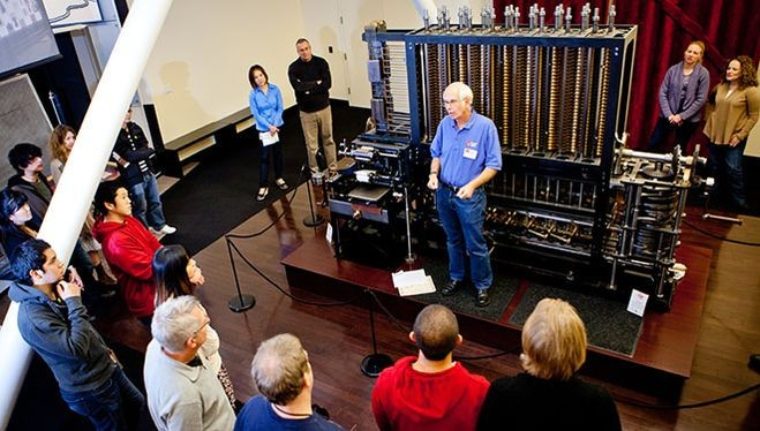
Visitors enjoy a docent talk and demonstration of the Babbage Difference Engine No. 2. See here.
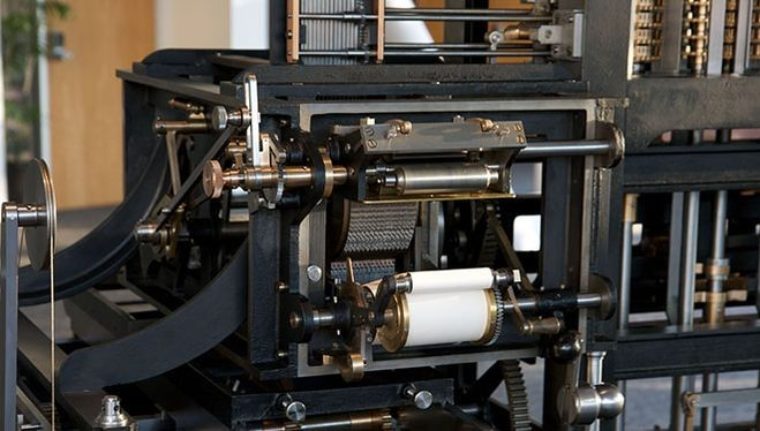
This ingenious “peripheral” could align the engine’s results into perfect columns and cast printing plates from which books could be printed directly.
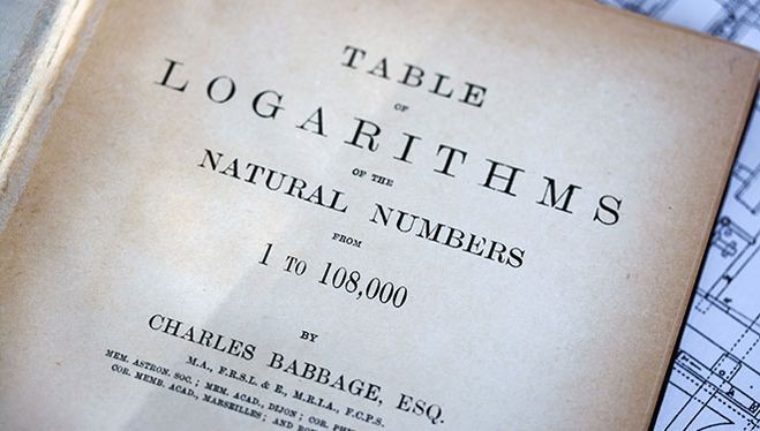
This Table of Logarithms, produced by Babbage himself, was typical of the printed mathematical tables Babbage’s invention was designed to produce.
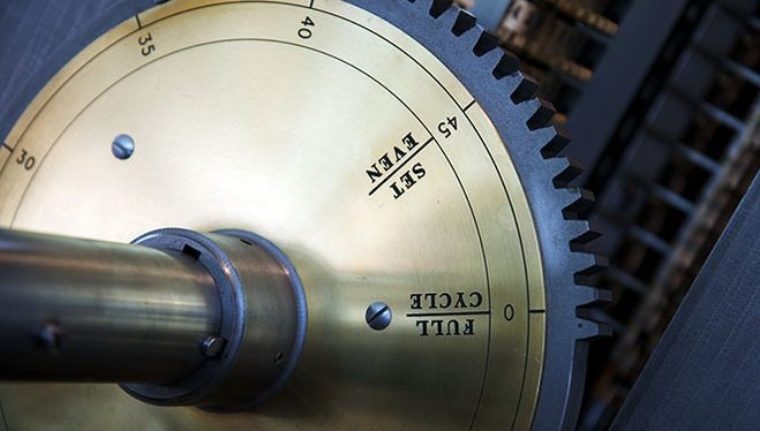
The sequence of operations in Babbage’s Difference Engine No. 2 was controlled by a stack of elaborately-shaped cams. The current state of the machine may be read here, on an inscribed indicator at the end of the cam shaft.
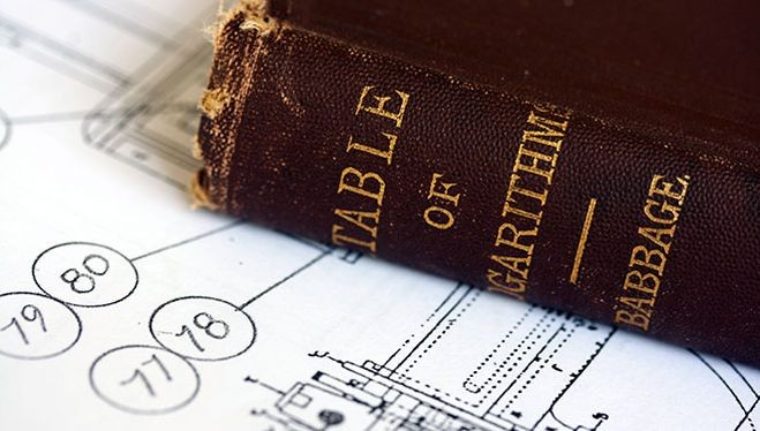
Tables of Logarithms were used extensively in science, engineering, and navigation. Here is a book Babbage’s tables, shown resting on the plans to his Difference Engine No. 2.
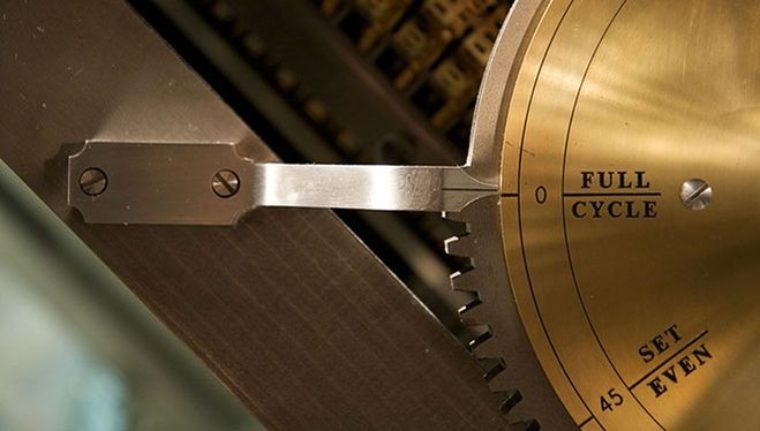
Another view of the machine state indicator on Babbage’s Difference Engine No. 2. This shows the machine in the “full cycle” position, also known as the zero point.
